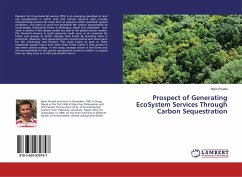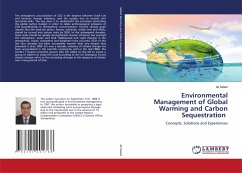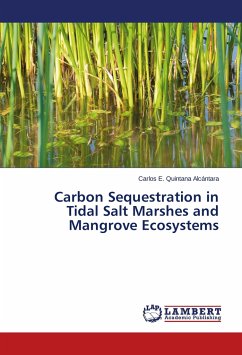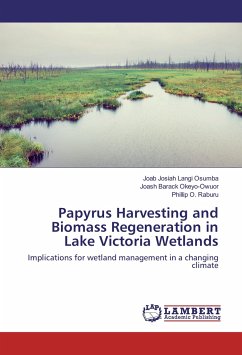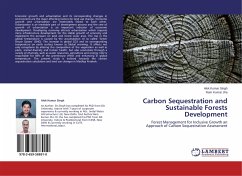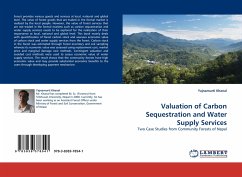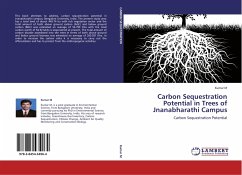
Carbon sequestration and fluxes of global forest ecosystems
Versandkostenfrei!
Versandfertig in 6-10 Tagen
47,99 €
inkl. MwSt.

PAYBACK Punkte
24 °P sammeln!
Carbon sequestration occurs both naturally and as a result of anthropogenic activities and typically refers to the storage of carbon that has the immediate potential to become carbon dioxide gas. In response to growing concerns about climate change resulting from increased carbon dioxide concentrations in the atmosphere, considerable interest has been drawn to the possibility of increasing the rate of carbon sequestration through changes in land use and forestry and also through geoengineering techniques such as carbon capture and storage. The capacity of terrestrial ecosystems to store carbon...
Carbon sequestration occurs both naturally and as a result of anthropogenic activities and typically refers to the storage of carbon that has the immediate potential to become carbon dioxide gas. In response to growing concerns about climate change resulting from increased carbon dioxide concentrations in the atmosphere, considerable interest has been drawn to the possibility of increasing the rate of carbon sequestration through changes in land use and forestry and also through geoengineering techniques such as carbon capture and storage. The capacity of terrestrial ecosystems to store carbon is finite and the current sequestration potential primarily reflects depletion due to past land use. Avoiding emissions from land carbon stocks and refilling depleted stocks reduces atmospheric CO2 concentration, but the maximum amount of this reduction is equivalent to only a small fraction of potential fossil fuel emissions. One of agriculture's major opportunities to help mitigate the effects of climate-warming gases lies in management of soil to increase organic content, thereby removing carbon from the atmosphere.



